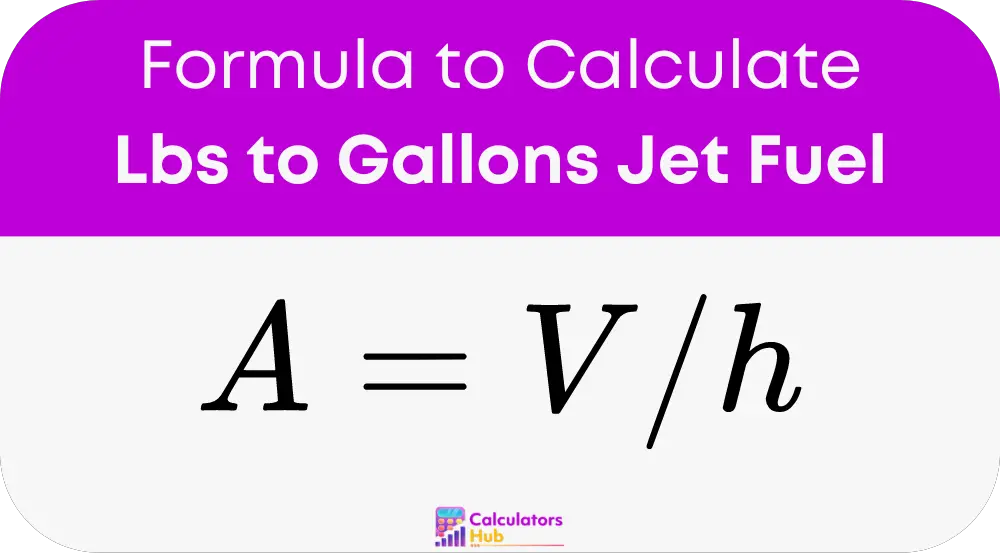This calculator provides a simple yet essential function: it converts the volume of an object or space from cubic meters into its corresponding area in square meters. This type of conversion is indispensable in many industries, including construction, architecture, and landscaping, where it is often necessary to convert volumetric measurements into area measurements for materials like flooring, paint, or sod.
Formula of M3 to M2 Calculator
To convert cubic meters (m3) into square meters (m2), you can use the following formula:

Where:
- A is the area in square meters (m2)
- V is the volume in cubic meters (m3)
- h is the height in meters (m)
This formula assumes that the space or object has a regular shape, where the height is consistent throughout. The formula is derived from the basic principle that the volume of an object can be expressed as its cross-sectional area multiplied by its height. Therefore, to find the area, one can rearrange this relationship to solve for the area given the volume and height.
Table of General Terms
The following table provides quick reference values for common volumes converted into areas, assuming standard heights:
| Volume (m3) | Height (m) | Area (m2) |
|---|---|---|
| 1 | 0.5 | 2 |
| 2 | 0.5 | 4 |
| 10 | 2 | 5 |
| 50 | 2 | 25 |
Example of M3 to M2 Calculator
Let’s calculate the area in square meters for a space that has a volume of 12 cubic meters and a height of 3 meters using our formula:
A = 12 / 3 = 4 square meters
This means the area of the space is 4 square meters.
Most Common FAQs
The accuracy depends on the precision of the height measurement. Accurate height input results in accurate area calculations.
While versatile, the calculator assumes a regular shape where the height evenly ditributes over the entire base. Irregular shapes may require different methods.
The main limitation is the assumption of uniform height. Variations in height across the measured volume aren’t accounted for in this simple calculation.